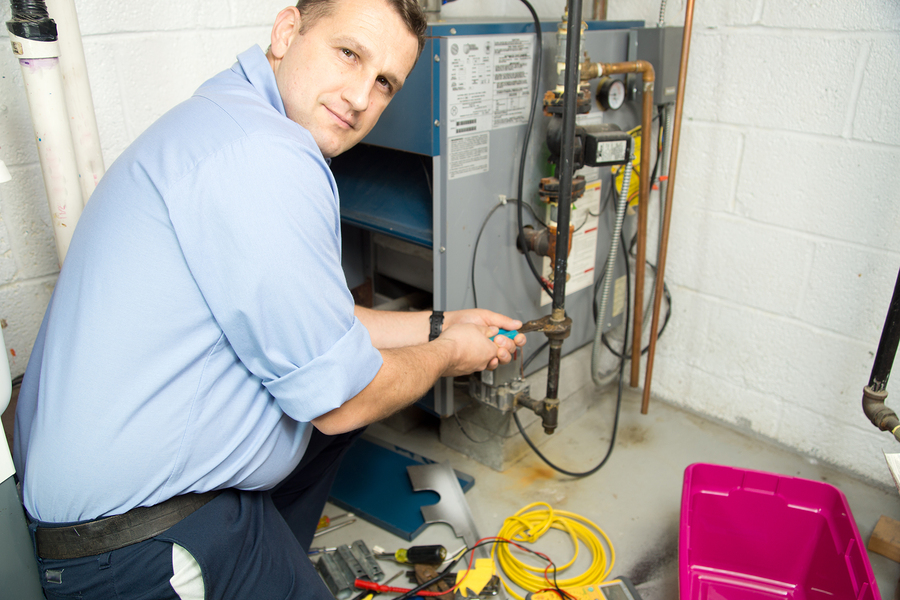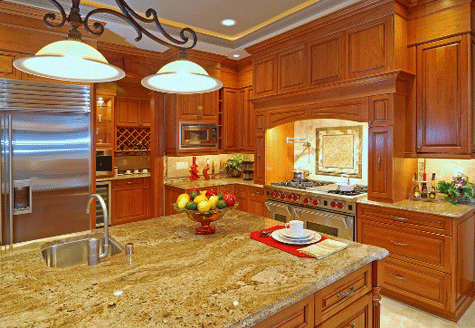Nothing’s quite as disheartening as realizing the furnace is on the blink, especially if you live in a frigid climate and the breakdown occurs during the coldest time of the year, which it will likely do, if Murphy has his way. Knowing what to do if your furnace breaks down–and how to prevent breakdowns–can save you a lot of time and money.

Troubleshooting a Broken Furnace
If you’re lucky, your furnace will require a simple, easy fix, and you won’t have to call anyone out for a repair. Troubleshooting the furnace is the first thing you should do.
First, make sure the thermostat is set to heat. Turn the unit up to 90 degrees to see if that helps it kick on. If not, make sure there’s juice getting to the furnace by flipping the fan switch to ON, which should cause the furnace fan to kick on. If it doesn’t, the problem is probably electrical, and you’ll need to check the circuit breaker associated with the furnace and make sure the furnace switch, which may be on the unit itself or a nearby wall, is set to the “on” position.
Also check the furnace filter. A dirty filter is the most common source of operating problems, because it restricts airflow, which can cause the system to overheat and shut down. If the filter is dirty, replace it with a clean, high quality filter, and that should solve the problem.
If these solutions don’t solve the problem, it will likely require a technician’s expertise. Call as soon as possible, since contractors can get backlogged during particularly cold spells.
If Your Furnace Operates, But Poorly
Alternatively, your furnace may still be operating, but inefficiently or without keeping you as warm as it should. According to Van’s One Hour Heating and Cooling in Green Bay WI, your furnace is comprised of three major components: The burner, which includes the heat exchanger; the blower assembly, which sends the warm air into your rooms; and the controls, which include the ignition and limit control. When something goes wrong with one part of the system, it could affect the others.
Even if your furnace is still working, but you’re not comfortable enough, scheduling a repair with a skilled HVAC technician as soon as possible can help prevent further damage.
Preventing Common Operating Problems
The best way to prevent problems with your system during the cold season is to have it tuned up before you need to turn it on in the fall. Annual preventive furnace maintenance improves system efficiency, extends its operating life, reduces your energy costs, and helps prevent common problems that can cost a lot to repair, according to the U.S. Department of Energy.
Every month, inspect your air filter and replace it with a high quality, clean filter when the old one is dirty to ensure proper airflow, keep your indoor air clean, and prevent dust buildup inside the system.
Investing a little time and money in these preventive measures will go a long way toward saving you money on high energy bills and frequent repairs as well as ensure the highest level of comfort during the cold months of the year.












No Comments
Leave a comment Cancel